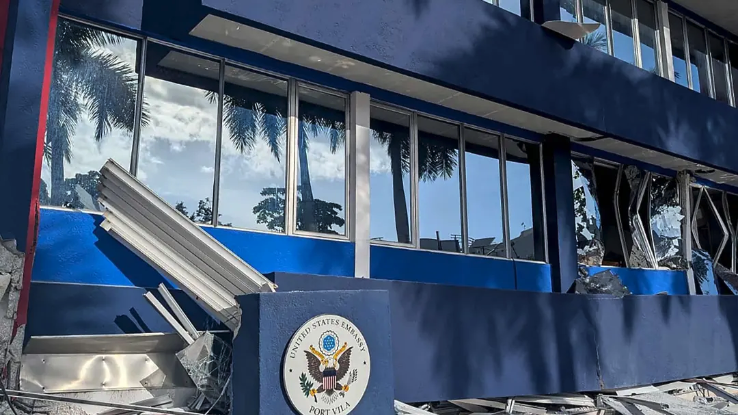Thousands Evacuate as Northern California Wildfire Spreads
Thousands of people have been forced out of their homes in Northern California as the Thompson Fire, which broke out on Tuesday in Oroville, expanded further to 4.7 square miles on Wednesday....
0:00
/1861
Facts
- Thousands of people have been forced out of their homes in Northern California as the Thompson Fire, which broke out on Tuesday in Oroville, expanded further to 4.7 square miles on Wednesday.1
- The Butte Country's Sheriff's Office initially directed 28K people to evacuate but later reduced some of these orders to warnings and allowed residents in many zones to return home.2
- According to Cal Fire, firefighters are using aerial and ground resources to curb the wildfire, the cause of which and the exact number of burned structures are still unclear.3
- Gov. Gavin Newsom declared a state of emergency on Wednesday after the blaze spread north toward more rural zones and south into homes and businesses, with 7% containment.4
- This comes as a long-duration heat wave is forecast to last through next Wednesday. Weather service officials expect temperatures to be as high as 115°F (46°C) in some regions.5
- In 2018, the Camp Fire killed 85 people and destroyed most of the Butte County town of Paradise. Three years later, the city of Greenville was devastated by the Dixie Fire.6
Sources: 1The Weather Channel, 2NBC, 3FOX Weather, 4Los Angeles Times, 5San Francisco Chronicle and 6Washington Post.
Narratives
- Narrative A, as provided by Scientific American. It's no coincidence that nearly all of the 20 largest fires in the state's history have occurred over the past two decades. Recent research has shown that climate change is to blame for the increase in high-severity wildfires in California, as record-breaking temperatures and a low-humidity atmosphere have aggravated the fire season.
- Narrative B, as provided by American Conservative. Though correlations between climate change and an increase in wildfires in California may deceive the general public, actual science indicates that global warming plays, at most, a secondary role — and by no means a clear one. Wildfires have become more intense over the past decade, but that is primarily due to how land is managed.







